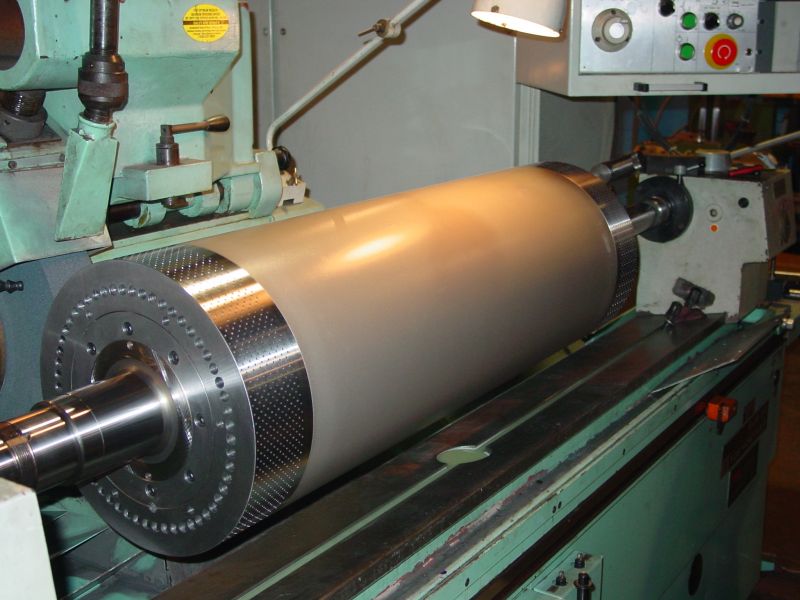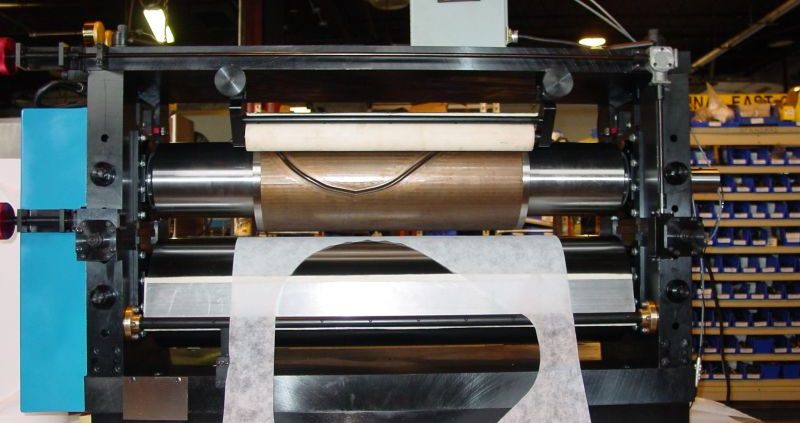Understanding Rotary Die Cutting
Die cutting is often used to make unique shapes from plastic, foam and rubber materials.
It’s important to consider all specific project requirements before starting a die cutting project since there are several different types of services. Whether it’s Flatbed, Digital and Rotary Die Cutting, look for the best fit for the project because each service has its own distinct advantages based on production output, material capabilities, costs, etc.
What is Rotary Die Cutting?
Rotary Die Cutting is die cutting that uses cylindrical dies attached to a rotary press to convert flexible material for example web. A highly accurate and precise cutting method, very cost effective on high volume orders and less waste produced compared to other methods.
Types of Rotary Cutting Dies
Flexible cylindrical rotary dies are composed of a thin sheet of engraved metal that is usually tool steel affixed to a separate magnetic cylinder while solid cylindrical rotary dies are composed solely of an engraved solid metal cylinder. Both are flexible and solid dies are capable of cutting most types of materials, each carries its advantages and disadvantages in regard to manufacturing applications.
A comprehensive approach is required in choosing the right type of die for a rotary die cutting operation. Aside from the material being cut and the required specifications you also need to consider the initial and overall investment costs, and the optimal lead and turnaround time.
Flexible vs. Solid Dies
Flexible dies are suitable for easier, less abrasive materials and shorter runs, while solid dies are more for harder, abrasive materials and long-term and large production run. Flexible die machine’s initial investment is more expensive than solid dies due to costly magnetic cylinders, re-purchasing the cheaply manufactured flexible die component can prove to be more economical in the long-term. Solid dies may be more expensive to manufacture, but when cutting consistent designs in large quantities, the cost of it may be justified as the dies are less likely to need replacement mid-production. And it does not require a large investment in supplementary components as with the magnetic cylinders necessary for flexible dies. Flexible dies may be simpler and faster to obtain, but they are more prone to experiencing fatigue and need replacement. Solid dies may take longer turnaround times, but it’s more durable and likely to last through more production cycles.
These are just some things to consider when choosing between flexible or solid rotary dies for a rotary die cutting application.

Benefits of Rotary Die Cutting
It offers several advantages including consistent and uniform precision cuts, reduction of material waste, decreased lead times, rapid turnaround times and high volume production.
Rotary Die cutting consists primarily of heavy cylindrical anvils and customized rotary die sets, geared towards high a volume of tight tolerance applications. International Cutting Die (ICD) employs state-of-the-art-servo-driven press solutions. The versatile nature of rotary solutions proves to be a core competency for ICD with different modules and operations.
ICD, a world leader in rotary die making. Contact us at (708) 343 3333 or email your queries to info@icd-inc.com.



